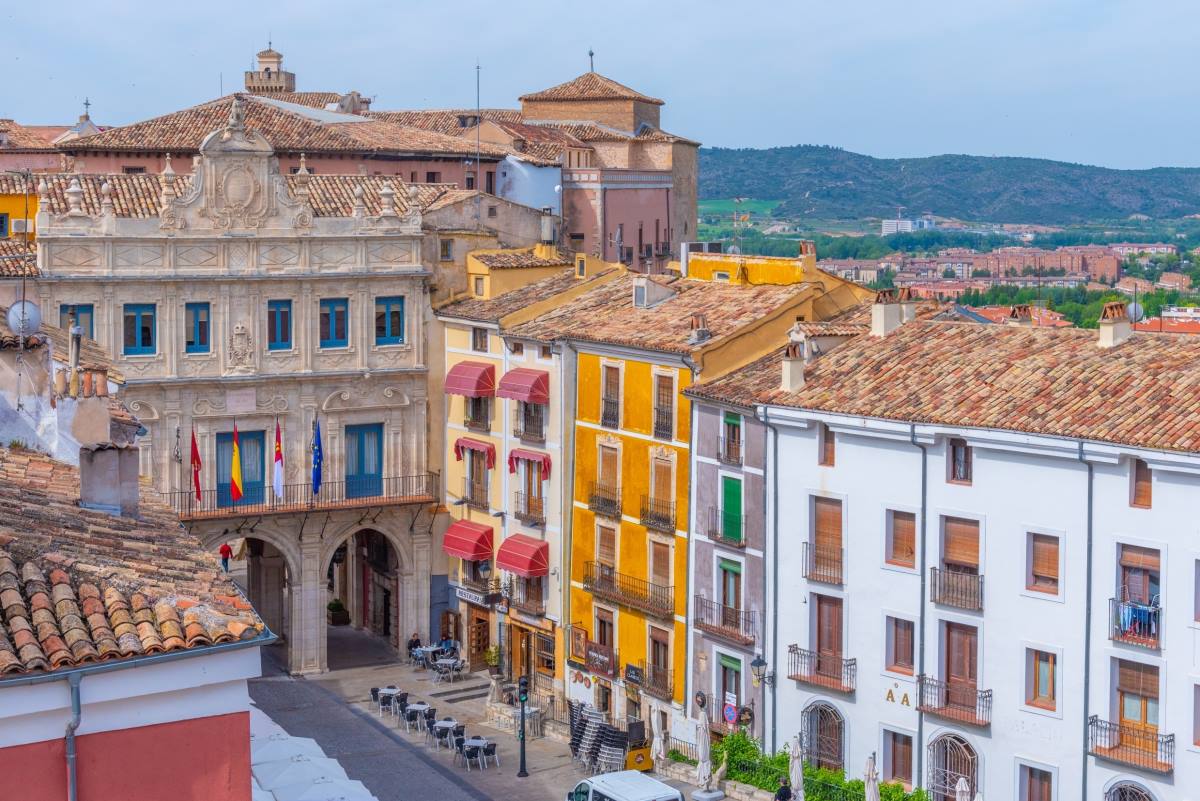Its popular destinations spain, and there are some which are among the most popular in the world, it is true, crowded with visitors. But it hides many more treasures that visitors to the country may not even know about. Here you will see some lesser known places in Spain that deserve our attention.
Spain is the second most visited country in the world after France, and many of its major cities and islands suffer from overtourism. Indeed, this summer locals even took to the streets in a series of anti-tourism protests in Barcelona, Malaga, Mallorca, the Canary Islands and elsewhere…
Fortunately, however, Spain is a huge country, with many exciting cities to discover off the main tourist trails (and without the crowds). From UNESCO World Heritage sites and sustainable cities to Gothic architecture and foodie havens, here are some of the most underrated cities in Spain that local editors say should be on the traveller’s bucket list!
Underrated cities in Spain
1. Logroño
While most people have heard of the neighborhood Rioja for its prized wine, the lively capital Logroño is less well known. The city is one of the main stops on the Camino de Santiago, the famous pilgrimage route in northern Spain to the city of Santiago de Compostela. It may be small, but it can certainly hold its own with Spain’s best culinary cities. This is one of the best places in the country to bar and try many tapas dishes and pintxos, as each bar specializes in a certain ingredient or dish.
2. Vitoria-Gasteiz
Vitoria-Gasteiz is the little-known capital of Spain’s Basque Country, often overshadowed by nearby San Sebastian and Bilbao. Like its neighbors, it is full of pintxo bars and gourmet restaurants, but without the crowds of visitors. It is one of the greenest and most sustainable cities in Spain with the most green spaces per inhabitant in the country. Surrounded by a green belt and large areas of wetlands, it has more than 150 kilometers of cycle paths, as well as a beautifully preserved medieval quarter and a fantastic museum of modern art.
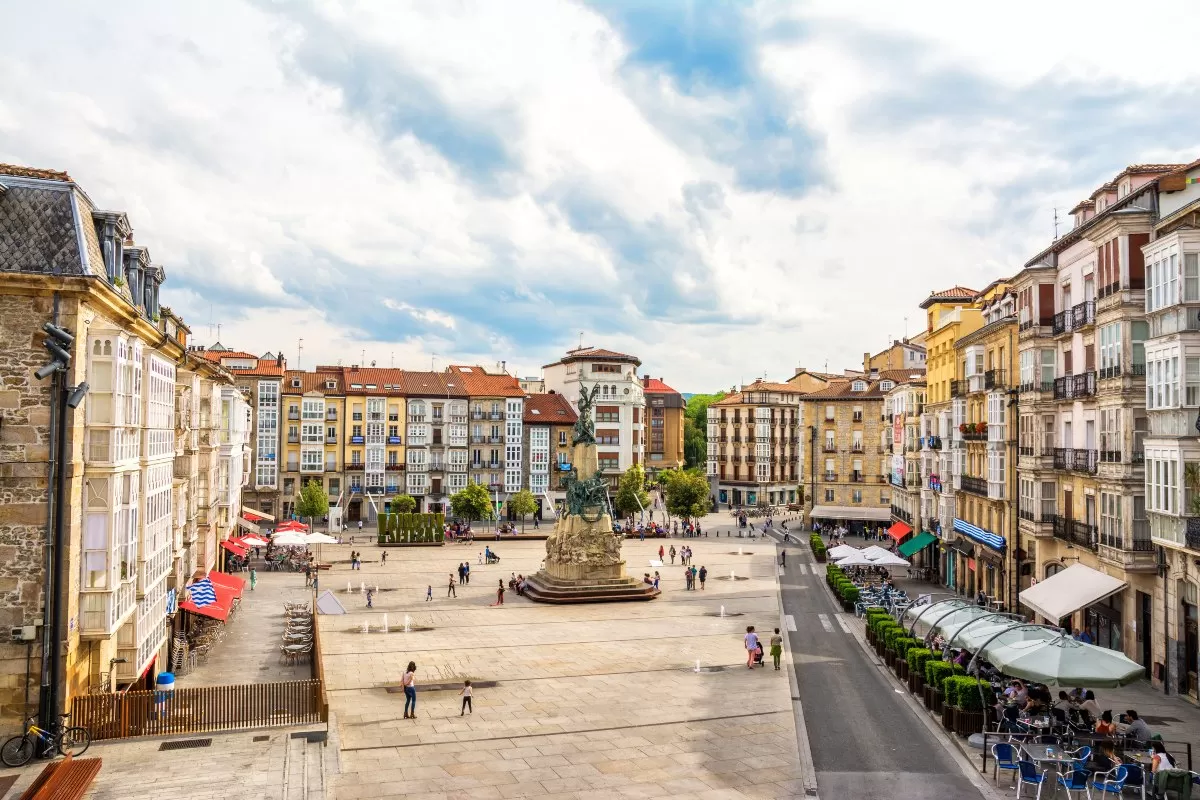
3. Oviedo
Asturias is very different from the more popular areas of Spain – it’s a very green place, slightly rainy, people drink cider more than wine, bagpipes are played instead of guitars and the food is heartier than small tapas plates. Its capital is the compact city of Oviedo, listed by UNESCO for its outstanding pre-Romanesque architecture. Honored with the title of Gastronomy Capital of Spain for 2024, its cozy historic center is a great place to visit cider houses and experience the local cuisine.
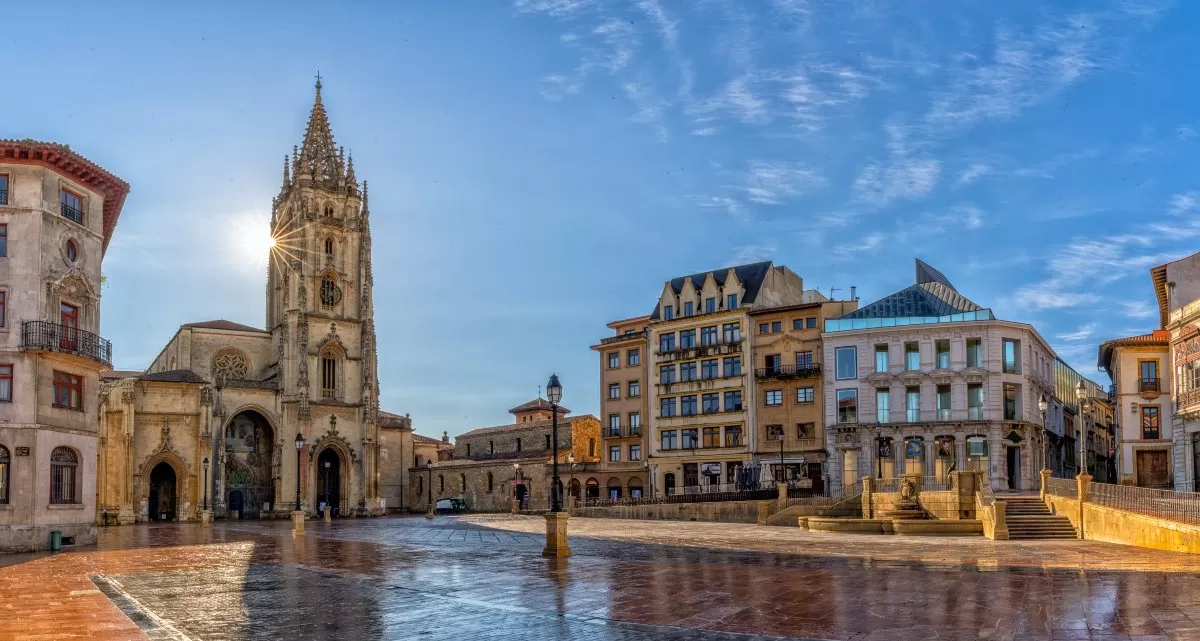
4. Merida
Mérida is the capital of Extremadura, one of the least visited and sparsely populated regions of Spain. Founded by the Romans in the 1st century BC, the city is still home to some of the best Roman monuments in Spain. See a performance in the epic 2,000-year-old Roman theater, walk the ancient Roman bridge, admire its ancient aqueduct, and stand in awe of the Temple of Diana with its graceful Doric columns.
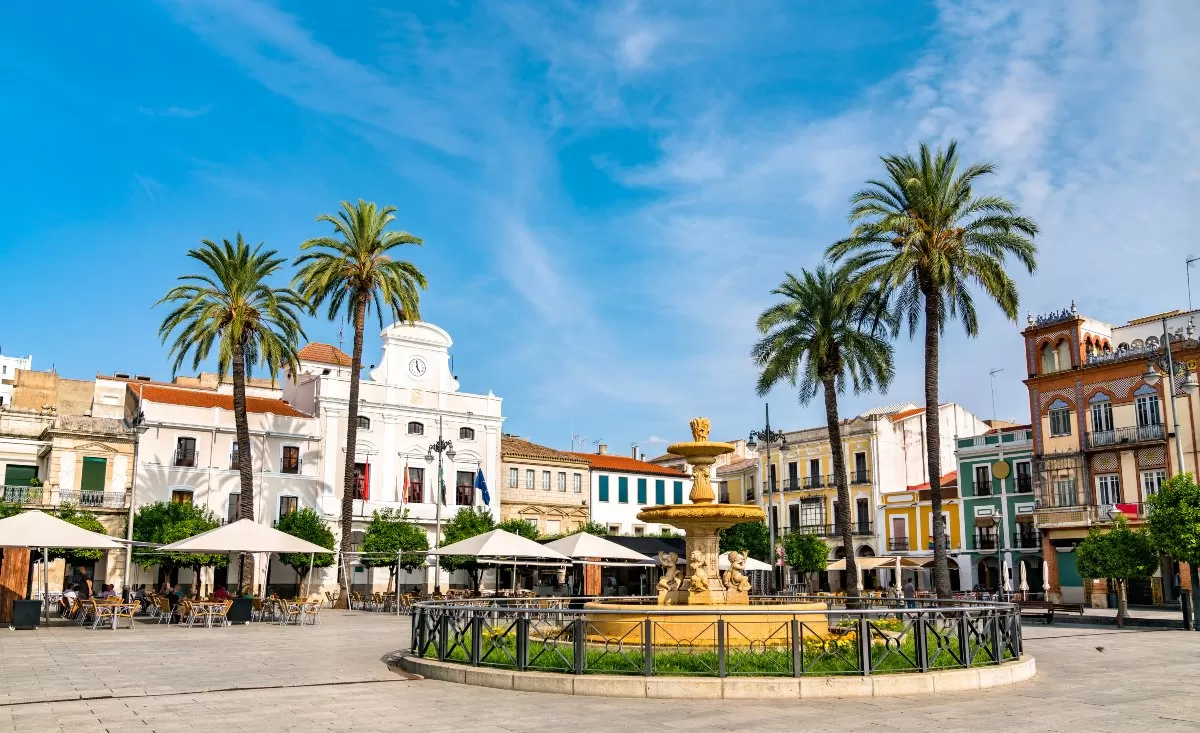
5. Cordova
Andalusia’s big three players are usually Sevilla, Malaga and Granada, but those who miss out on Córdoba are really missing out. Already in the 8th century, the city was actually one of the capitals of the Moorish Empire. Today, there are still many remnants of that era, but the star of the show is the UNESCO World Heritage Site La Mezquita, an exquisite mosque and cathedral in one. You should visit in May for the Patios Festival when people open their hidden gardens to the public.
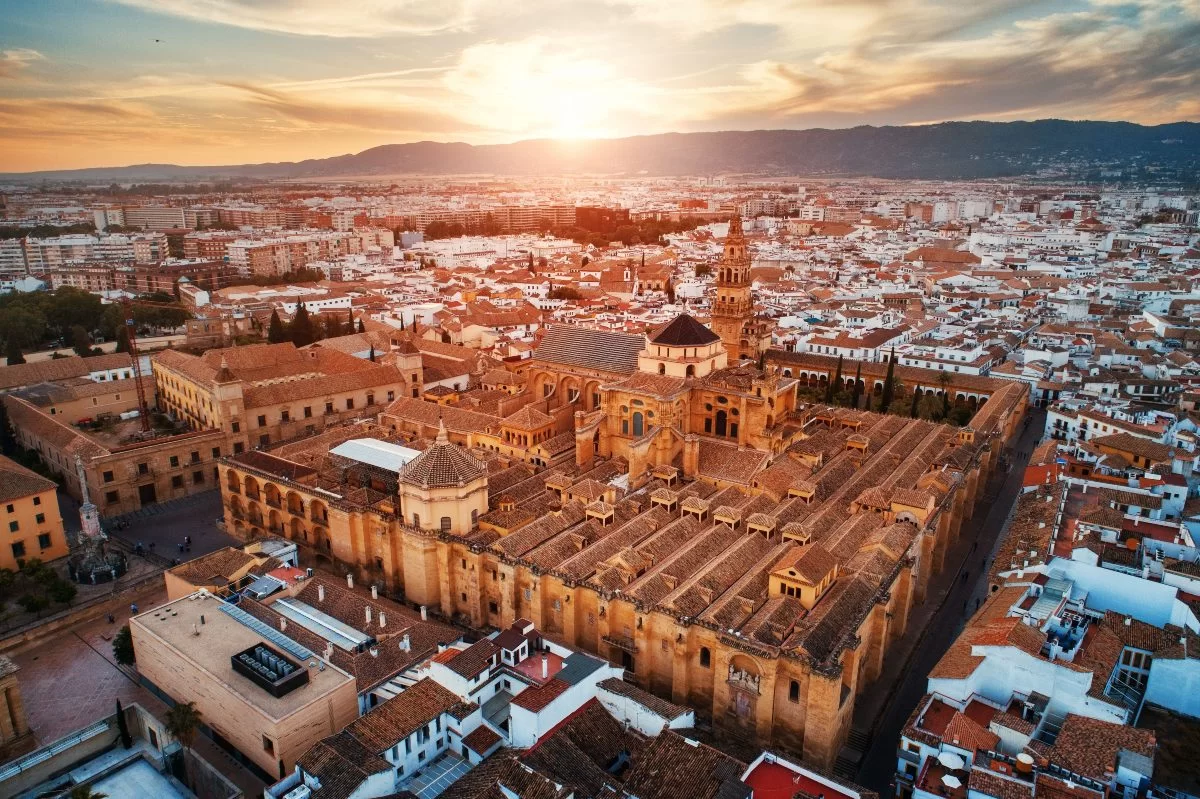
6. Girona
The Catalan city of Girona is just 100 kilometers north of Barcelona, but it’s a world away from Spain’s most visited city. Surrounded by old medieval walls that you can still walk around, the Old Town has a special special quality that feels lost in time. Inside the walls is El Call, one of the best-preserved Jewish neighborhoods in Spain, dotted with narrow streets, hidden staircases and elegant stone arches. Even if you’ve never visited before, you might feel like you recognize Girona, as much of it was used as a filming location for the hit TV series Game of Thrones.
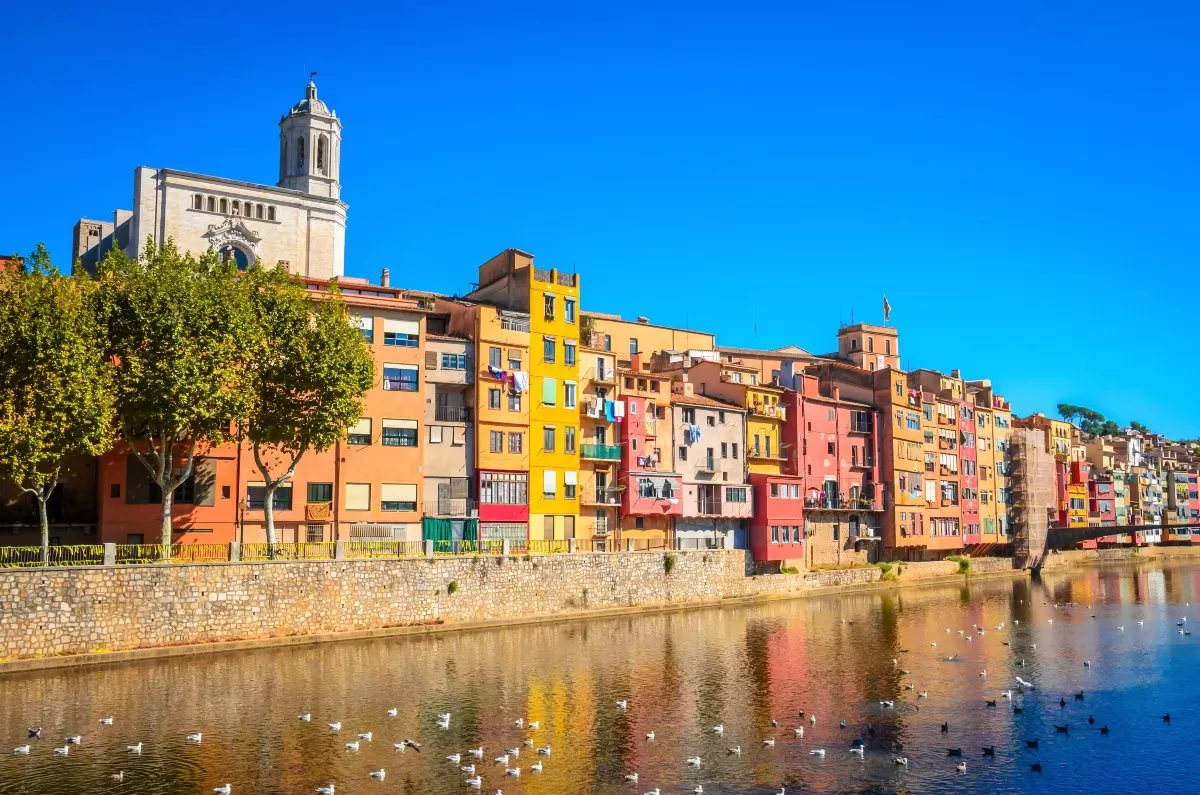
7. Murthy
Murcia is hidden between the most famous regions of Andalusia and Valencia. Travelers here mostly head for the coast, but the inland capital of Murcia is not to be missed. Surrounded by olive groves and apricot orchards, the city has a lovely old town that is best explored by walking around and stopping at the many tapas bars in pretty squares along the way. At its heart is the imposing Gothic cathedral, but the former grand casino, which first opened in 1847 and has been fully restored to its former glory, is also worth a visit.
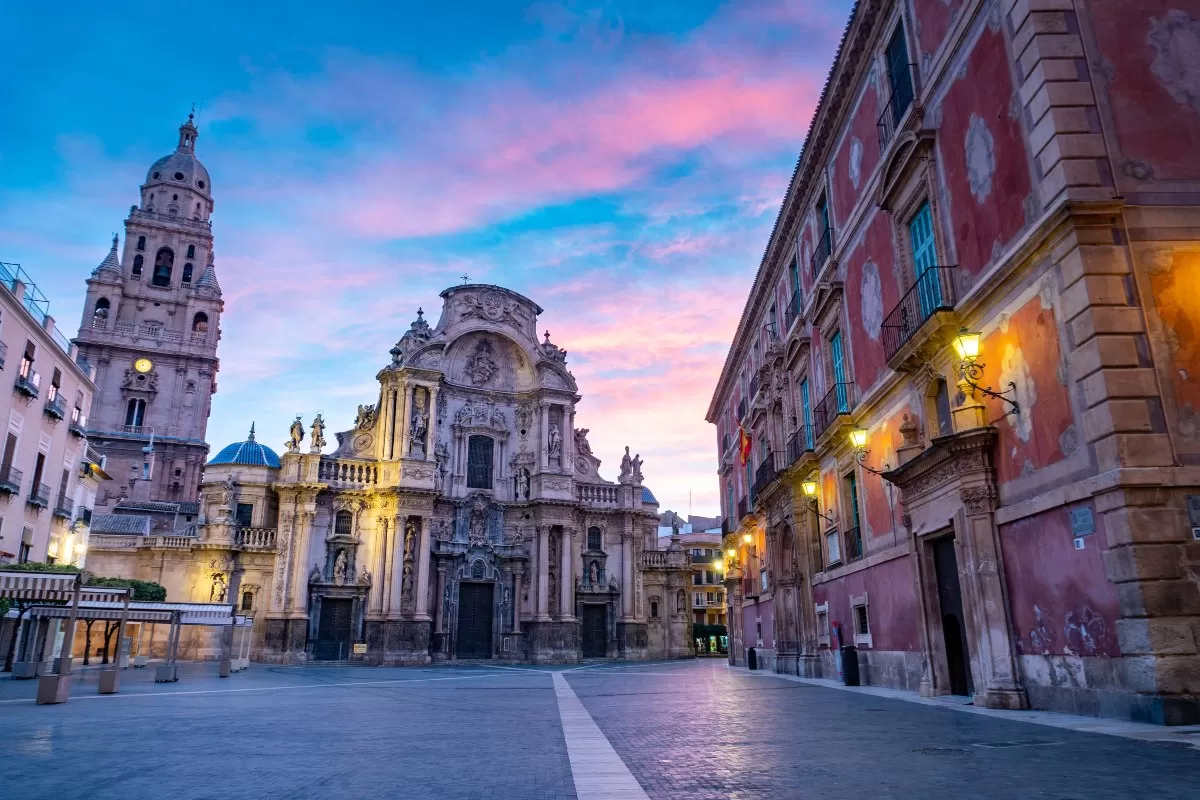
8. Valladolid
The interior of Spain is often forgotten in favor of the coast, but the vast region of Castile and León has so much to discover. Located northwest of Madrid, Valladolid is a bustling university town bisected by the Pisuerga River. Renaissance architecture abounds and there are many palaces and churches to discover. Explore the exhibits at the National Museum of Sculpture, then head to one of the tapas bars along the river, which even has its own sandy beach. Visit during Easter week for elaborate religious holidays, without the tourist crowds.
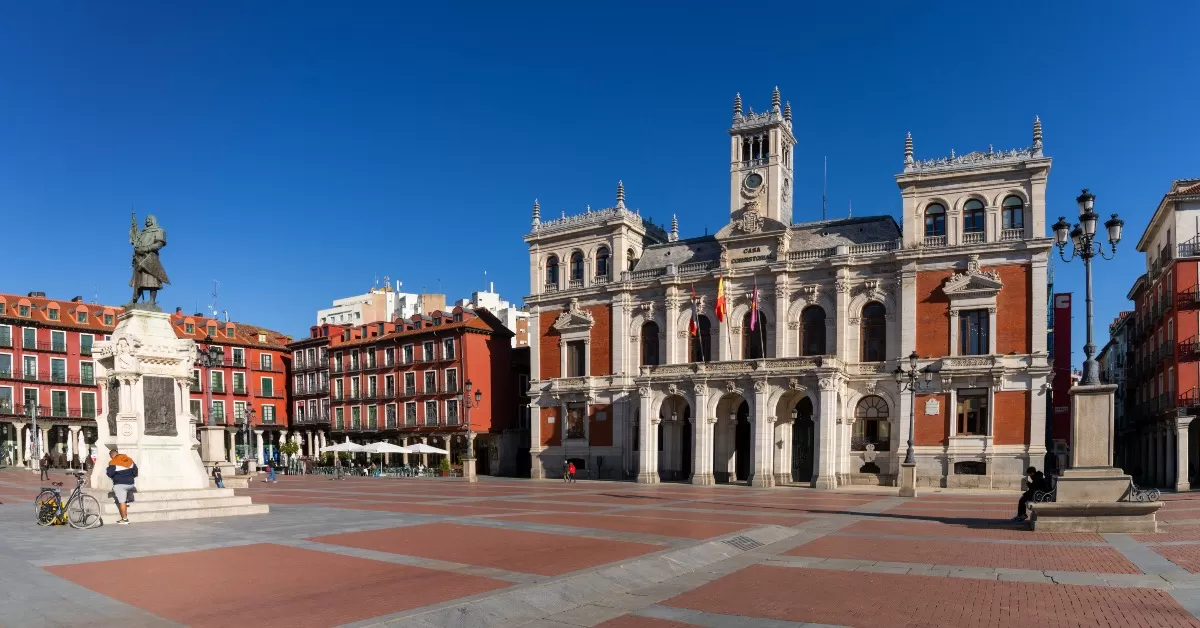
9. Cuenca
Perched on a hilltop overlooking a deep canyon, Cuenca’s copper-colored buildings and stunning location are reason enough to visit the city. In the Castilla-La Mancha region, about halfway between Madrid and Valencia, this UNESCO World Heritage-listed city combines medieval architecture with ancient towers clinging to the rock known as Casas Colgadas, or Hanging Houses. Get lost in the narrow winding streets, browse some of the excellent contemporary art galleries or explore the surrounding area on a number of stunning hiking trails.
